The U.S. Census Bureau predicts that by 2044, the U.S. will no longer have a single ethnic majority. Recent analysis shows California ranks first for cultural diversity, having the highest linguistic diversity and the second-highest racial and ethnic diversity in the country. The Golden State also ranks third for socioeconomic diversity, fifth for household diversity and eighth for political diversity, according to Wallethub, which analyzed each state’s diversity level by evaluating and ranking six categories.
While the word “diversity” has become something of a flashpoint term, research shows that students in highly diverse schools tend to exhibit higher self-esteem, have reduced feelings of loneliness, report feeling safer in school and experience less peer-to-peer harassment — social-emotional and school climate factors that are all associated with increased academic achievement.


Student diversity in California presents challenges and important opportunities for growth
The U.S. Census Bureau predicts that by 2044, the U.S. will no longer have a single ethnic majority. Recent analysis shows California ranks first for cultural diversity, having the highest linguistic diversity and the second-highest racial and ethnic diversity in the country. The Golden State also ranks third for socioeconomic diversity, fifth for household diversity and eighth for political diversity, according to Wallethub, which analyzed each state’s diversity level by evaluating and ranking six categories.
While the word “diversity” has become something of a flashpoint term, research shows that students in highly diverse schools tend to exhibit higher self-esteem, have reduced feelings of loneliness, report feeling safer in school and experience less peer-to-peer harassment — social-emotional and school climate factors that are all associated with increased academic achievement.
“I think it’s an incredible opportunity for schools,” said Thomas Dee, the Barnett Family Professor at Stanford University’s Graduate School of Education and research associate at the National Bureau of Economic Research.
“The foundational argument for public schools in the U.S. is the idea of building civic engagement, and there’s very good evidence that exposure to diversity can really contribute to that,” Dee said. “In particular, intergroup contact among different types of people is an effective strategy for reducing implicit biases because it creates opportunities for people to see others as individuals, not as stereotypes.”
There are a variety of ways different entities measure diversity in schools. Public School Review’s formula aims to determine the likelihood that any two students are from different ethnic groups, while Niche uses data from the U.S. Department of Education’s Student Racial Diversity Index and its own users’ self-reported data on parent/student culture and diversity surveys.
Regardless of the metrics used, Elk Grove Unified School District is one of the nation’s most diverse local educational agencies.
As the fifth-largest district in California serving about 63,000 students across 320 square miles, the growing Elk Grove USD enrolls a significant population of Vietnamese and Hmong families, as well as immigrant and refugee students served in the district’s newcomer centers.
“We are very lucky to have that variety of students and families in our district,” said Board President Michael Vargas. “It comes with certain challenges that we are eager to meet, but we are honestly a very lucky district that we get so much variety in terms of the students that we have, the parents and the experiences, and that brings with it a lot of wonderful things.”
“It is just the definition of who we are,” added Superintendent Christopher Hoffman. “We serve kids academically, we serve kids’ social-emotional learning and then we support behavior. We really concentrate on making sure each and every kid gets the services and supports that they need at the level at which they need them. And so, there’s the base of what everybody gets, but then we also make sure we have programming that allows kids to choose activities and programming that meets their needs based on interests or identity.”
San Diego USD Board President Cody Petterson noted that while his region may be known for having a large Latino population, the district also serves a significant number of African American and Native American youth, as well as large groups of Korean, Chinese American, Vietnamese, Cambodian and East African students.
District leaders emphasized that diversity doesn’t just speak to racial and cultural differences, but that addressing other forms of diversity also plays a crucial role in supporting students. For Petterson, socioeconomic diversity in San Diego USD has pushed the district to think holistically about education in a way that ultimately benefits all students.
“We set goals that are for all students, but we have guardrails and interim goals that are focused on our Spotlight students. We’ve developed a category of Spotlight students, which are students that we really need to invest in and target for additional resources support to bring those students up when we see them sort of slipping either academically or behaviorally or socially,” he said.

John Swett USD — a small Bay Area LEA serving under 1,200 students in which many residents work lower-wage warehouse and factory jobs — similarly serves a racially and ethnically diverse student body.
Through anti-bias training for staff, establishing wellness centers to support overall student health and behavior, and implementing restorative practices that emphasize community-building and accountability over punitive discipline measures and more, the district aims to ensure a culture of dignity and respect for all kids in every classroom, said Superintendent Charles Miller.
“At the heart of our board’s goals, vision and mission are our statements around equity based on the awareness that we’re serving a highly diverse population,” he said. “The initiatives that we are using to get at the core equity needs of students are around restorative practices and anti-bias. The bulk of the work that we’re doing now is around creating climates and cultures within schools and classrooms that are designed to create a sense of connectedness and belonging for kids built on a culture of respect.”
Culture is a point of pride celebrated through multicultural assemblies and family outreach through parent advisory councils and other efforts to solicit authentic input that Miller said has led to a deeper sense of trust. The district has also seen reduced suspensions and improved attendance. “If you talk to the kids, they feel like they belong in their school. They feel like they belong in their classrooms, they feel like school is there for them,” he continued.
Such outcomes are not a surprise to Stanford’s Dee, whose own research has found improvements in core indicators like grade point average and graduation rates in schools with strong climate and culture outcomes.
“But one of the things that’s most striking to me is when you see increases in attendance, because I think of that as a leading indicator of evidence that kids are academically engaged,” he noted. “And we also see evidence too that kids in some of these more diversity-themed initiatives are more likely to remain in the district. And I think that’s uniquely salient in a context where many districts are struggling with the operational and financial implications of enduring enrollment loss in the wake of the pandemic.”
That sort of engagement is prominent in Elk Grove USD — particularly through club life on campuses, according to district leaders.
Vargas, who once found support from the gay-straight alliance (GSA) at his high school, recalled a conversation he had with a student with whom he was about to publicly present a scholarship. While this student had attended some GSA events, he told Vargas that he had experienced such a welcoming and supportive campus that he had felt free to go do other things.
“Instead of focusing his time and energy creating a safe space in the GSA, all of those services and all of those things already existed for him,” Vargas said. “And so, he was able to then build on that and go create his space in music. And then found that he had an interest in computer science. It’s a good illustration of how, when we have those basics, those baseline services and spaces for students, they then go off and sort of expand their own universe of impact. This student wouldn’t necessarily have pursued all of these other things and found all of these other pieces of themselves, these academic pieces of themselves, had they not had this basic need met by our DEI (diversity, equity and inclusion) programs and by the student club that was there.”

In addition to student clubs, the district has mentorship and support programs for Black and brown high school boys, the Black Families United parent group and other initiatives in Elk Grove that connect academics and social-emotional learning to improve overall outcomes.
“We are an educational institution, and academics is incredibly important, and making sure that our students feel safe and like they belong on campus and that their voices are valued, all of those things contribute to student academic success,” Vargas said. “All of these things that we are trying to do around embracing diversity are really geared towards ensuring that our students are successful and are able to graduate and go on to college and careers successfully.”
At the time of this writing, the Trump Administration and Education Department officials have taken numerous actions aimed at curbing DEI efforts in TK-12 public education, including threatening via a Dear Colleague Letter to withdraw federal funds from LEAs; establishing an “EndDEI Portal” for individuals to report DEI programs being used in schools; and issuing a vague Frequently Asked Questions document that stated, “school-sponsored or school-endorsed racially segregated aspects of student, academic, and campus life, such as programming, graduation ceremonies and housing, are legally indefensible.”
These and other federal actions have been or are in the process of being litigated in courts around the nation, leaving many LEA leaders in a state of limbo. However, while federal efforts to crack down on DEI have created challenges, in John Swett USD, they have also led to further outreach and community building among the district’s vulnerable families.
“It has created a chilling effect locally for us — especially for our immigrant parents,” said Miller. “We actually engaged more with our Latino students and families because they were the most concerned about being scooped up by ICE (U.S. Immigration and Customs Enforcement). So, we passed a board resolution. We did a lot of education. We brought our legal firm in, and they educated us about what to do if ICE shows up because we wanted to protect to our parents and families.”
The district also created a website with resources in multiple languages to help families better understand the responsibility of schools and even prepare for the worst-case scenario. “We have a form that says, ‘If you are mixed status family or you have any concern that you may face an immigration process, we need you to fill out this form ahead of time so that we understand what will happen to your children. Do you want your children to stay with a trusted adult here [locally], or do you want them to be deported with you?’” he said. “We have communicated absolutely our solidarity is with our families and their children, and we will do everything in our power to keep their kids safe. That is our first and only priority in relation to their immigration status is their own safety and well-being.”
Hoffman noted that in Elk Grove USD, the changes have also forced the district to take a closer look at what data it collects from families.
One of the central challenges to supporting diverse school communities is simple human fallibility. Despite best intentions and the many benefits associated with embracing all facets of personhood students bring to the table, district leaders said sometimes, people just “step in it,” leading tensions in the community to flare up.

In addition to remaining committed to having difficult conversations, leaders highlighted the immense need for sustained funding at both the state and federal levels to help local schools support populations with such an array of needs.
Whether that’s special education money to increase access to timely services, Title I funds to hire additional counselors and tutors for students in the highest need communities, or guidance and funds to support LEAs that want to incorporate ethnic studies into their offerings prior to when California adopts the course as a graduation requirement, governance teams are eager to support students, but noted they need help.
Vargas noted that many Elk Grove students rely on federal grants for food and nutrition services programs, the newcomer centers and more that have been canceled or are tied up in litigation.
“The biggest challenge we have is finding the resources to provide those services, and the reality is we are lucky because we are a growing district and we are able to sort of backstop a lot of that lack of funding from the federal level,” Vargas said. “The federal government’s services to education tend to be funding. And so that is one thing that we’re kind of struggling with right now is that funding seems to be going away.”
Additionally, leaders in both San Diego USD and John Swett USD said that improving services calls for better data. Specifically, they would like to see a greater emphasis placed on student growth data, rather than standardized assessment outcomes.
“We have to focus on individual growth rather than just raw [California Assessment of Student Performance and Progress] scores, because the reality is, across California and many places in our country, your achievement scores are essentially just Zillow scores translated into academic terms,” said San Diego USD’s Petterson. “It’s not very constructive year-after-year to point out that an overwhelmingly affluent white community has relatively high test scores and an overwhelmingly socioeconomically challenged or disadvantaged community that is predominantly students of color has lower test scores.”
A more useful measure would be to compare similar schools within a region, he said.
Miller agreed, arguing that using test scores as part of a school accountability system will inevitably lead LEAs to teach to the test rather than take a swing on something innovative. “The whole theory doesn’t work. What we actually know through the research is that when schools feel like they’re under a microscope because their test scores are low, they actually use more remedial, non-deep-thinking alternatives to help kids catch up,” Miller said. “They get relegated to a very skills-based curriculum that doesn’t promote complex thinking. And so, we actually end up doing a disservice to kids because principals and schools are so worried about pushing up their test scores. One thing the state and the feds could do is rethink what they’re using as a theory of action to drive to improve outcomes for kids, especially kids of color.”
Standford’s Dee outlined several promising initiatives that embrace diversity in schools through academic and social-emotional shifts, as well as pitfalls that the state and LEAs should be careful to avoid. Learn more at blog.csba.org/embracing-diversity.